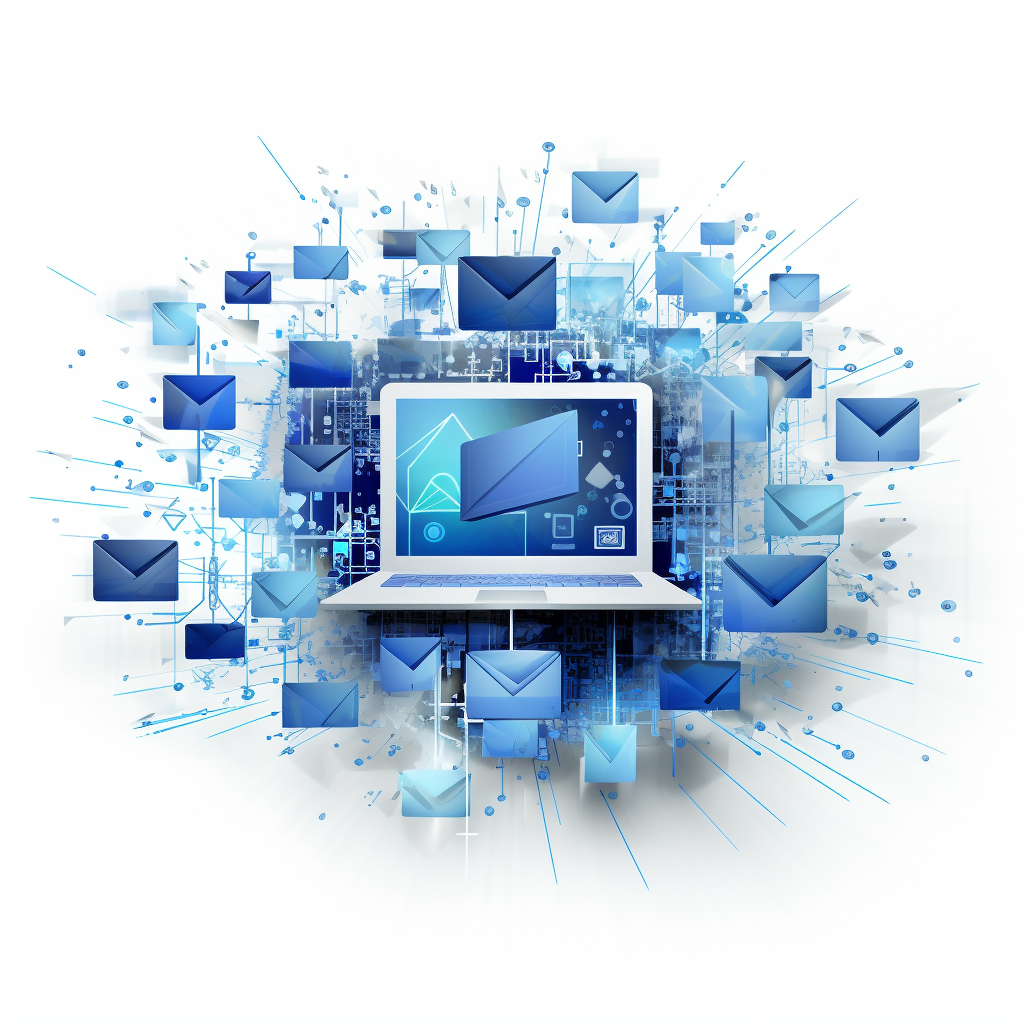Introduction SPF (Sender Policy Framework) is a well-known standard in email security. However, the limitations that come with it are often overlooked, specifically the 10 DNS Lookup limit and the lesser-known Void Lookup limit. This blog post reveals these limitations, their implications, and how to navigate them effectively. The 10…
Category: Outbound Email Authentication: Security & Deliverability
Discover Outbound Email Authentication for enhanced Email Security and Deliverability. Learn about DMARC, DKIM, SPF, BIMI, MTA-STS, and TLS Reporting.

The Dual Importance of Inbound and Outbound Email Security for Businesses
While we often focus on protecting the emails we receive, the security of the emails we send is equally crucial. Outbound email security is a technical requirement and a critical component of a business’s overall security posture. Failure to secure outbound emails can have far-reaching consequences, from financial losses to…

MTA-STS and TLS-RPT: A Comprehensive Guide
What is MTA-STS? Mail Transfer Agent Strict Transport Security (MTA-STS) is a security standard designed to encrypt email transmissions over SMTP. Unlike traditional SMTP, which lacks native security features, MTA-STS provides a secure channel for email transmission by verifying server identities and using TLS encryption. History and Origin SMTP was…

BIMI: The Future of Email Branding and Security
What is BIMI? The breakthrough email authentication standard Brand Indicators for Message Identification (BIMI) lets companies show their official logos in email clients. While corporate logos may already be in your email, BIMI is different because of control. Email clients traditionally use logos from several sources, causing platform discrepancies. BIMI…

Beware of Fake Emails from Your Company
The newsletter I received yesterday from The Shift mentioned a Capterra survey on the cybersecurity of Brazilian small and medium-sized companies: Many people are unaware that the phishing threat can come “from within” the company itself, in the form of an email pretending to be from your domain—imagine a fake…

The Ultimate Guide to DMARC: Ensuring Email Security (Part 2 of 2)
DMARC Tags: An Overview DMARC records consist of a set of mechanisms, known as DMARC tags, that convey specific instructions to email-receiving servers during the mail transfer process. Each DMARC tag has a value defined by the domain owner. Below is a breakdown of the available DMARC tags: DMARC Tags…

The Ultimate Guide to DMARC: Ensuring Email Security (Part 1 of 2)
Are you aware of email risks and how DMARC can protect you? Introduction to DMARC DMARC stands for Domain-based Message Authentication, Reporting, and Conformance. It authenticates emails and offers thorough authentication results, protecting your domains from spoofing, phishing, and other intrusions. It improves two existing email verification techniques: SPF (Sender…

Unlocking the Power of DKIM: A Business Guide to Email Security
What exactly is DKIM, why should it matter to your organization, and how can DKIM protect your business communications? Demystifying DKIM At its core, DKIM (DomainKeys Identified Mail) is a robust email authentication method designed to establish the authenticity of your email messages. Think of it as a digital seal…

What’s SPF, and Why Does It Matter?
Emails are a crucial part of our digital lives. They help us communicate, share information, and connect with others. But with the convenience of email comes the need for security. That’s where SPF, or Sender Policy Framework, protects your emails. Understanding SPF: Your Email’s Guardian What Is SPF and How…

